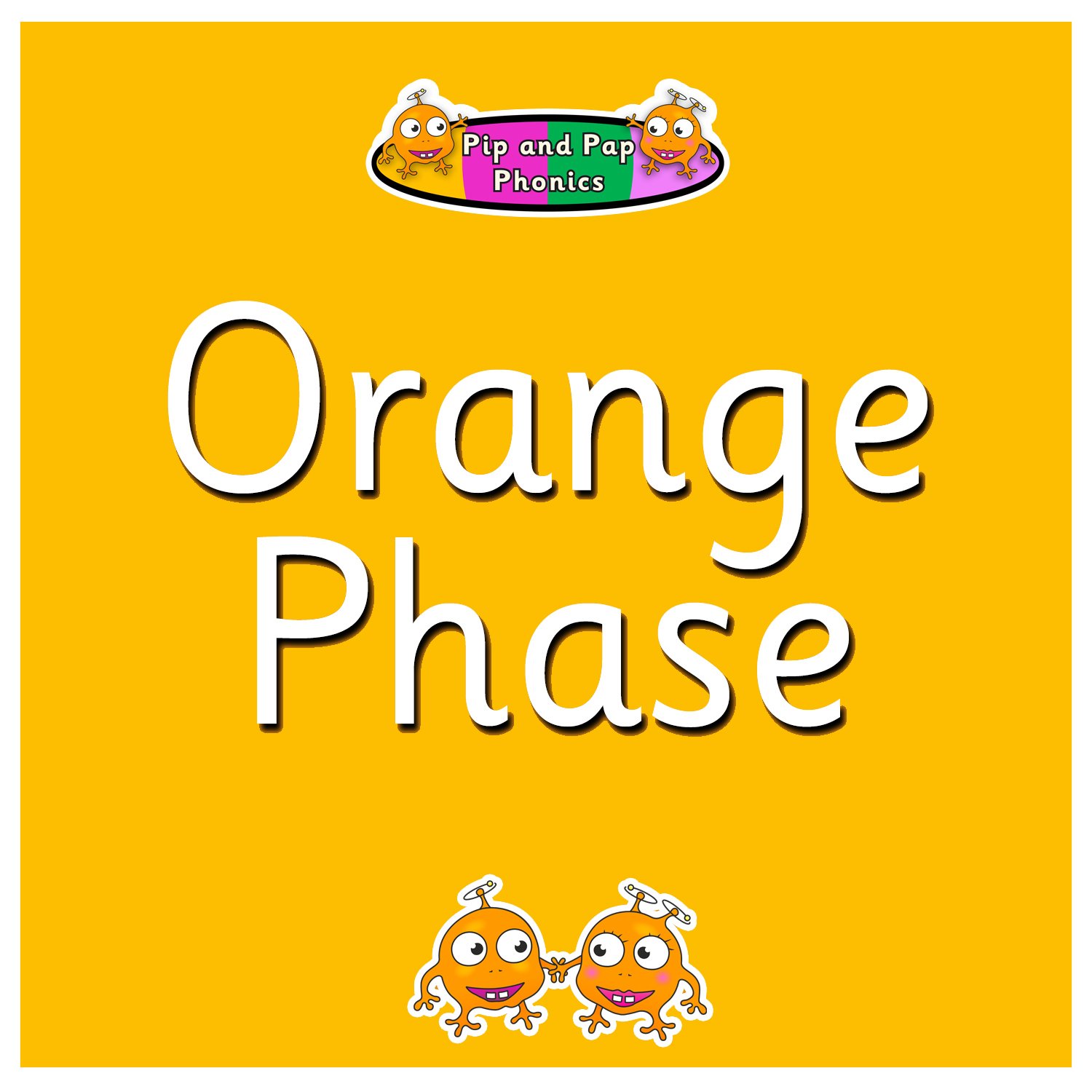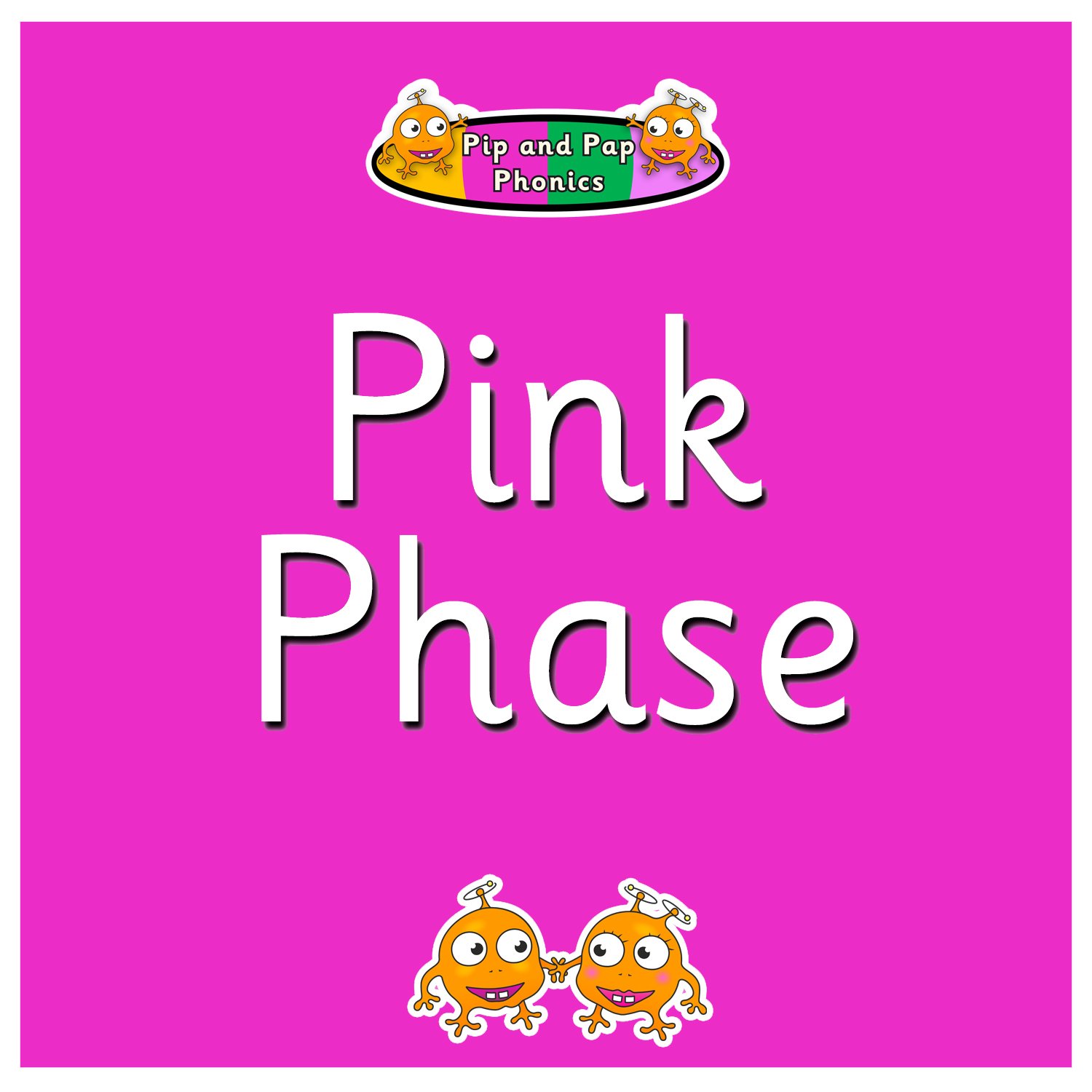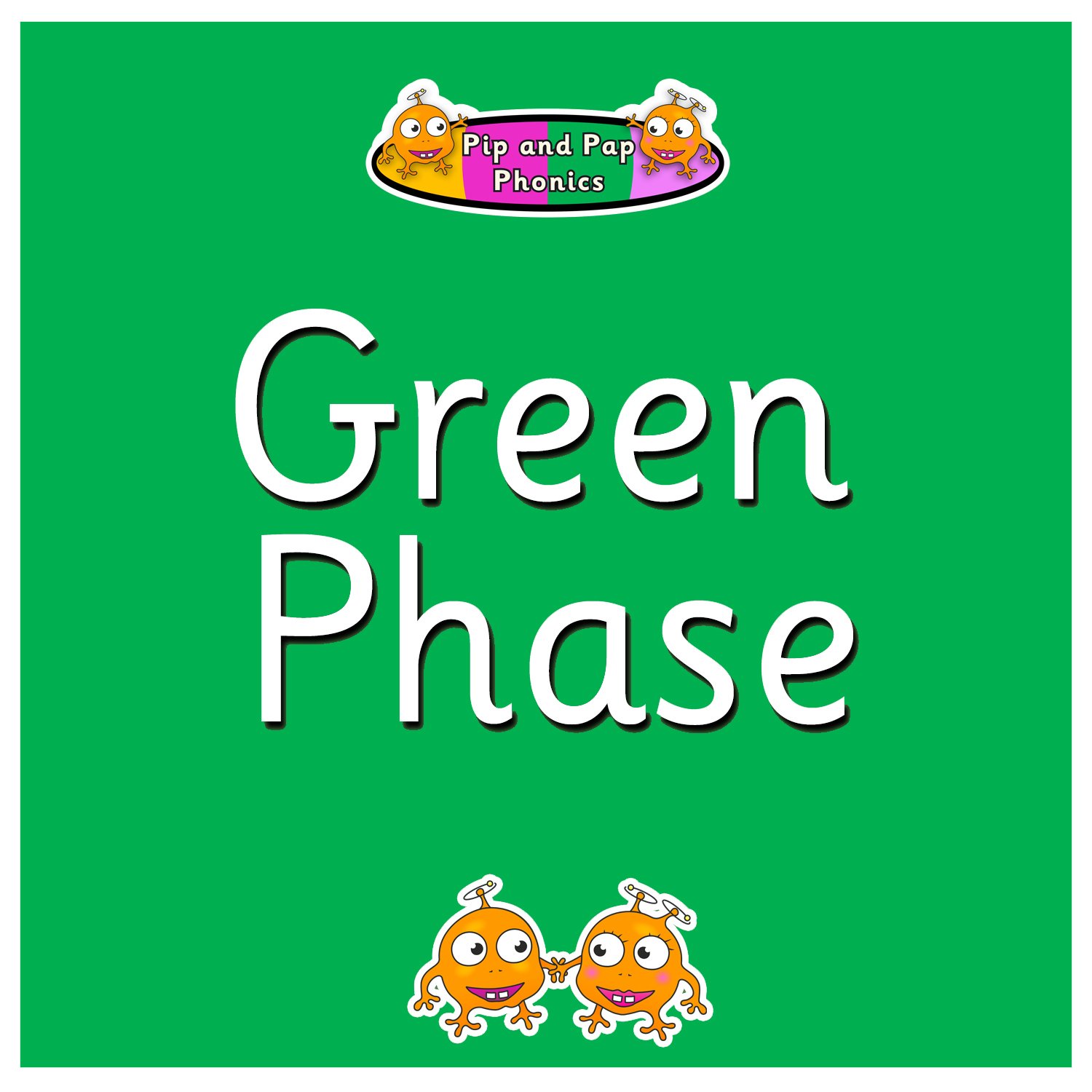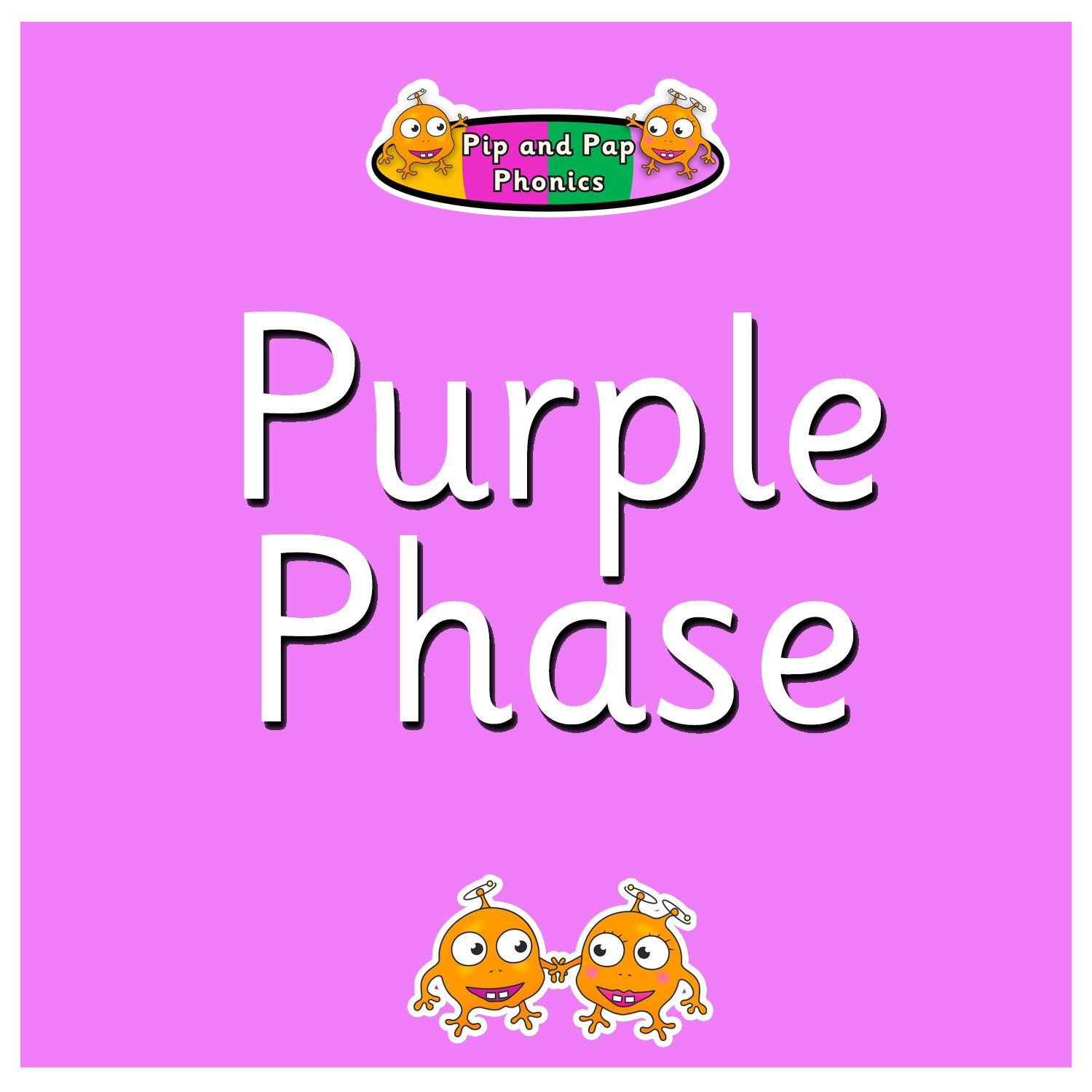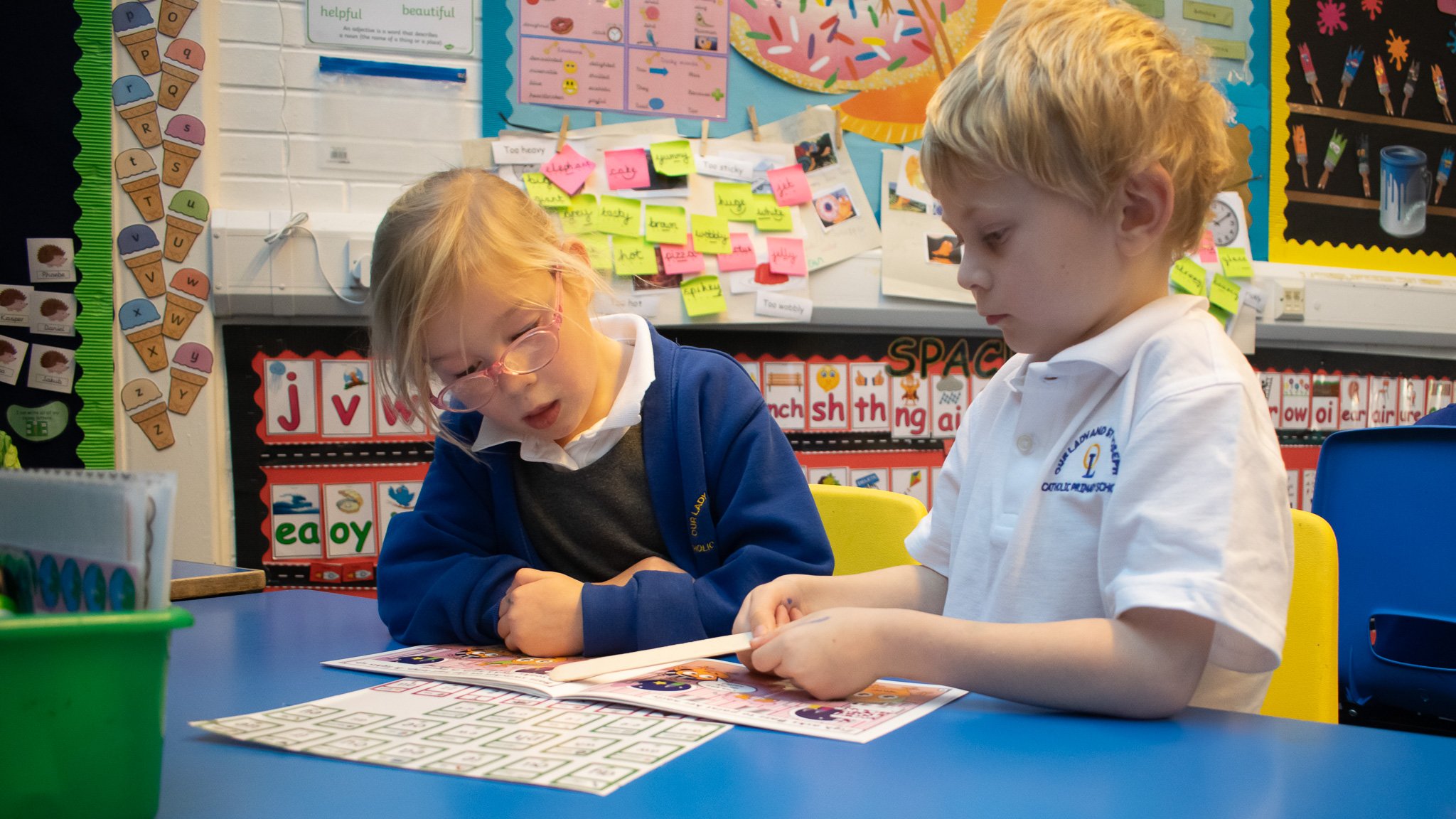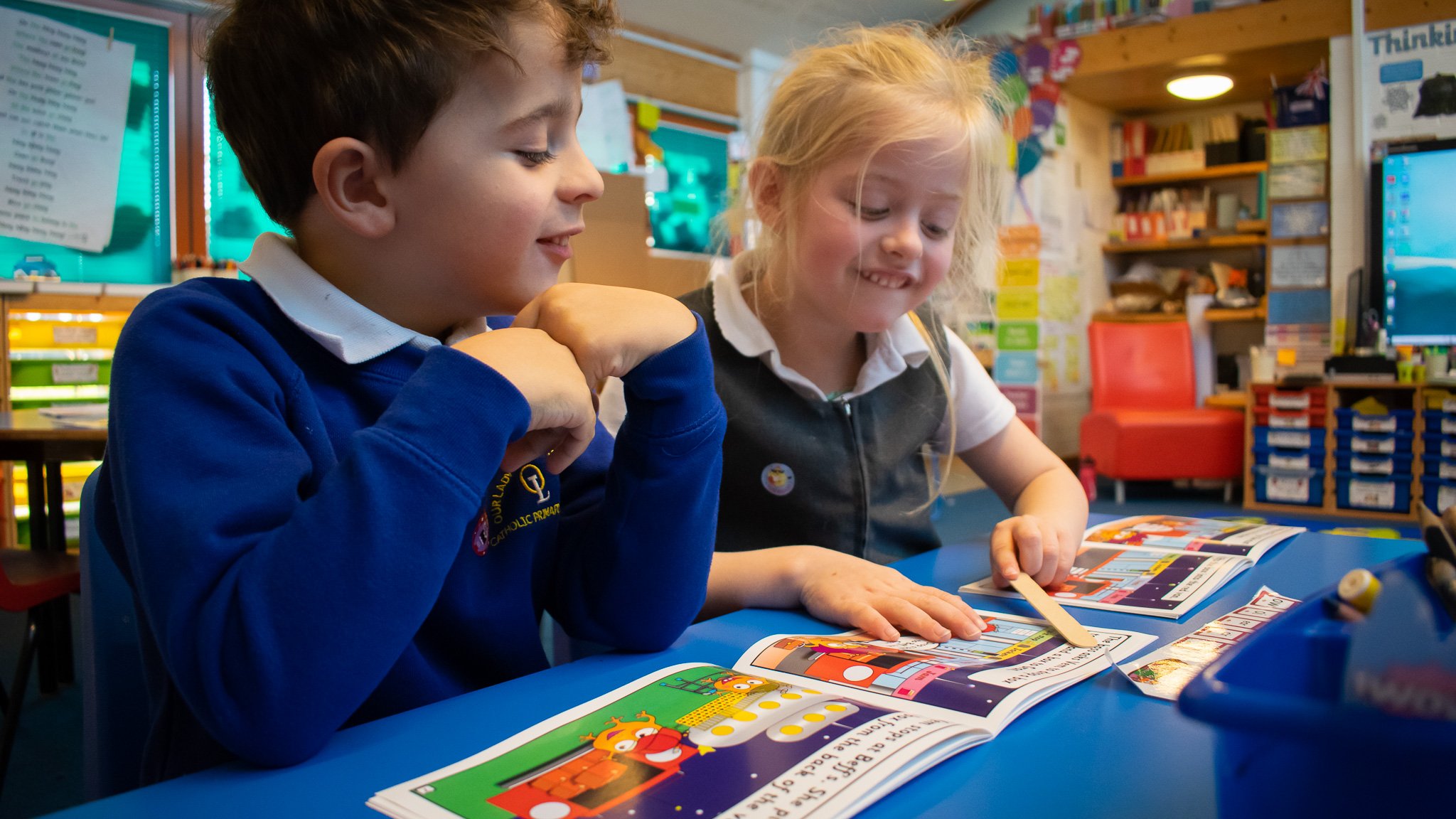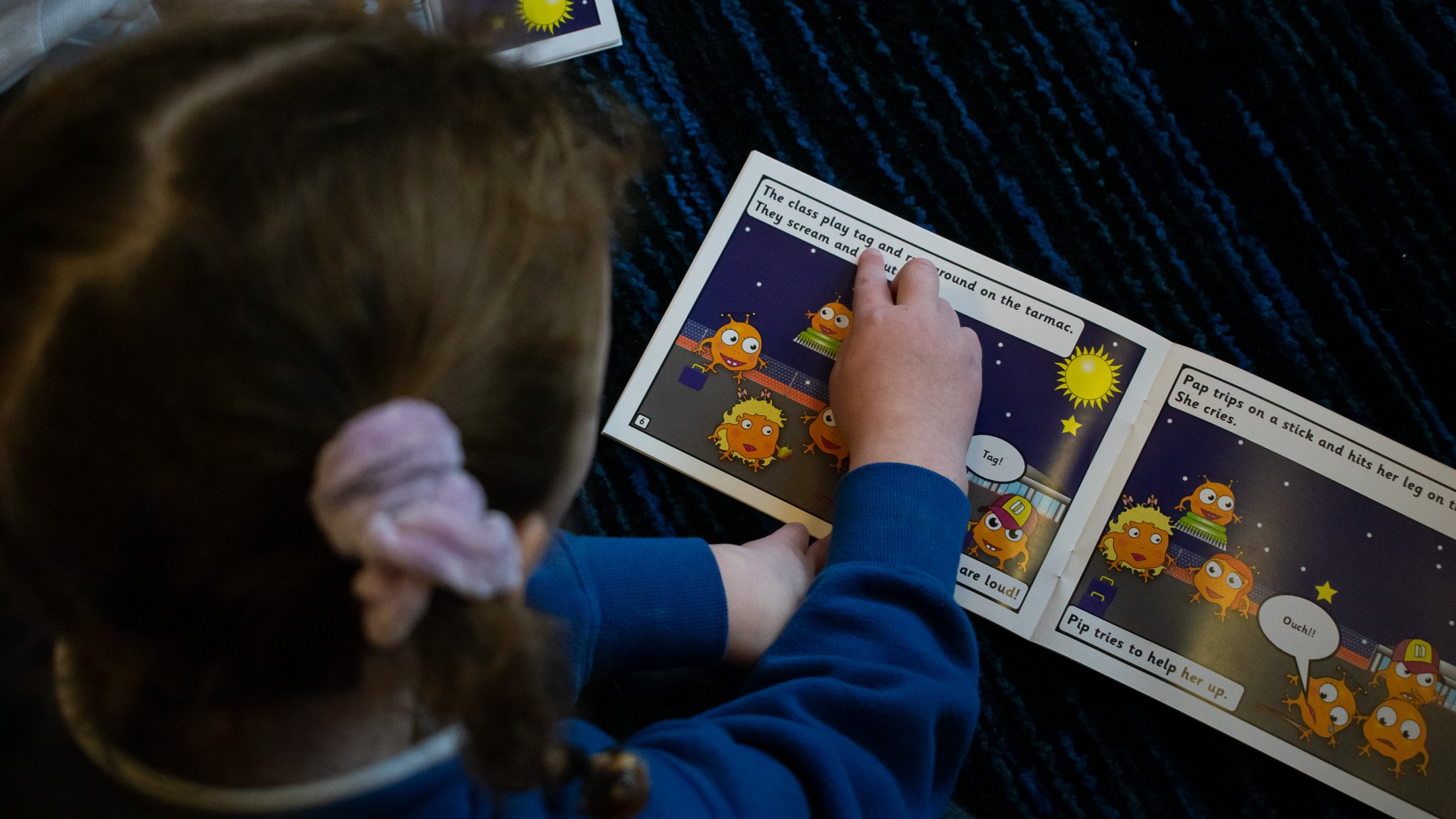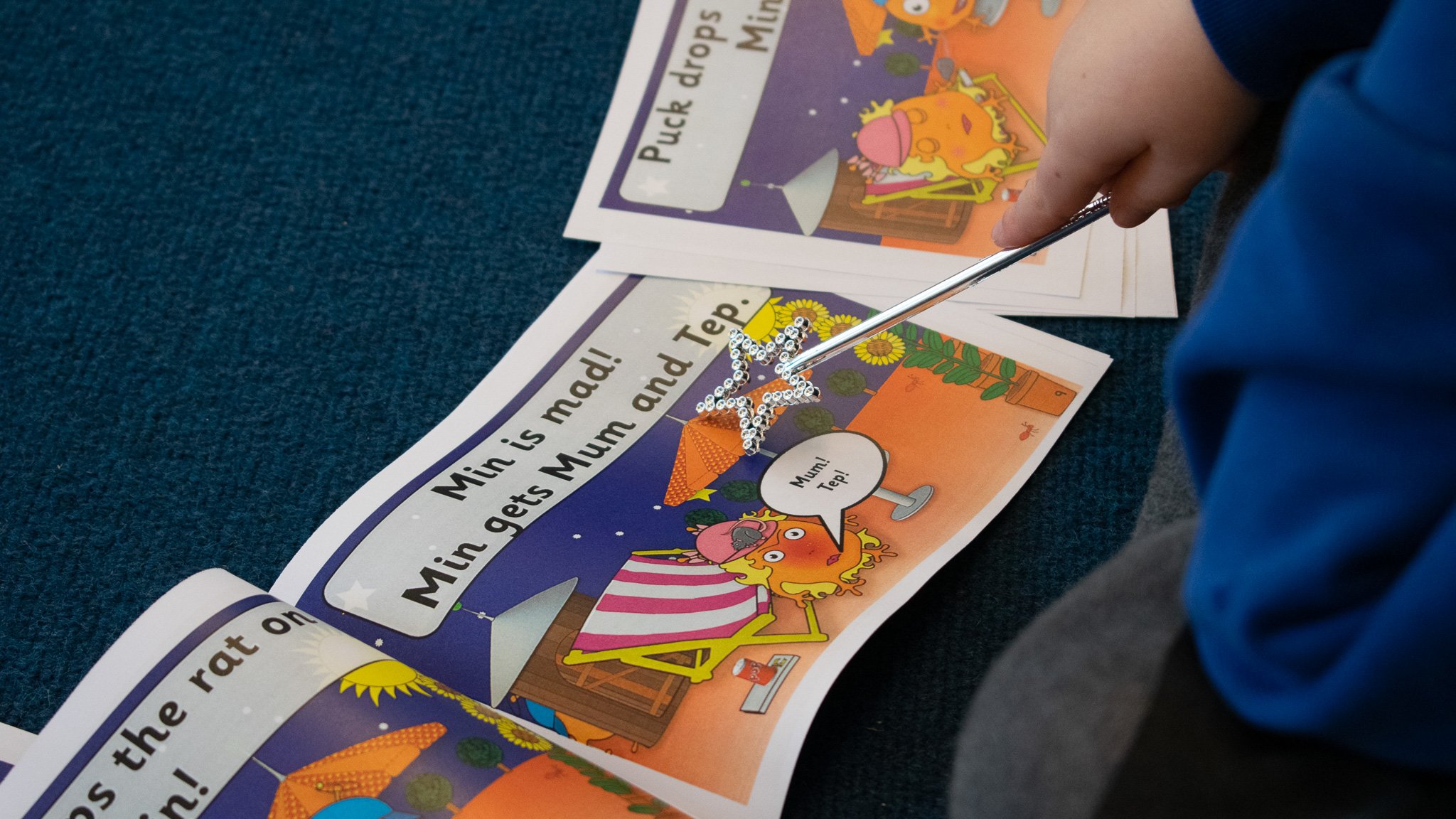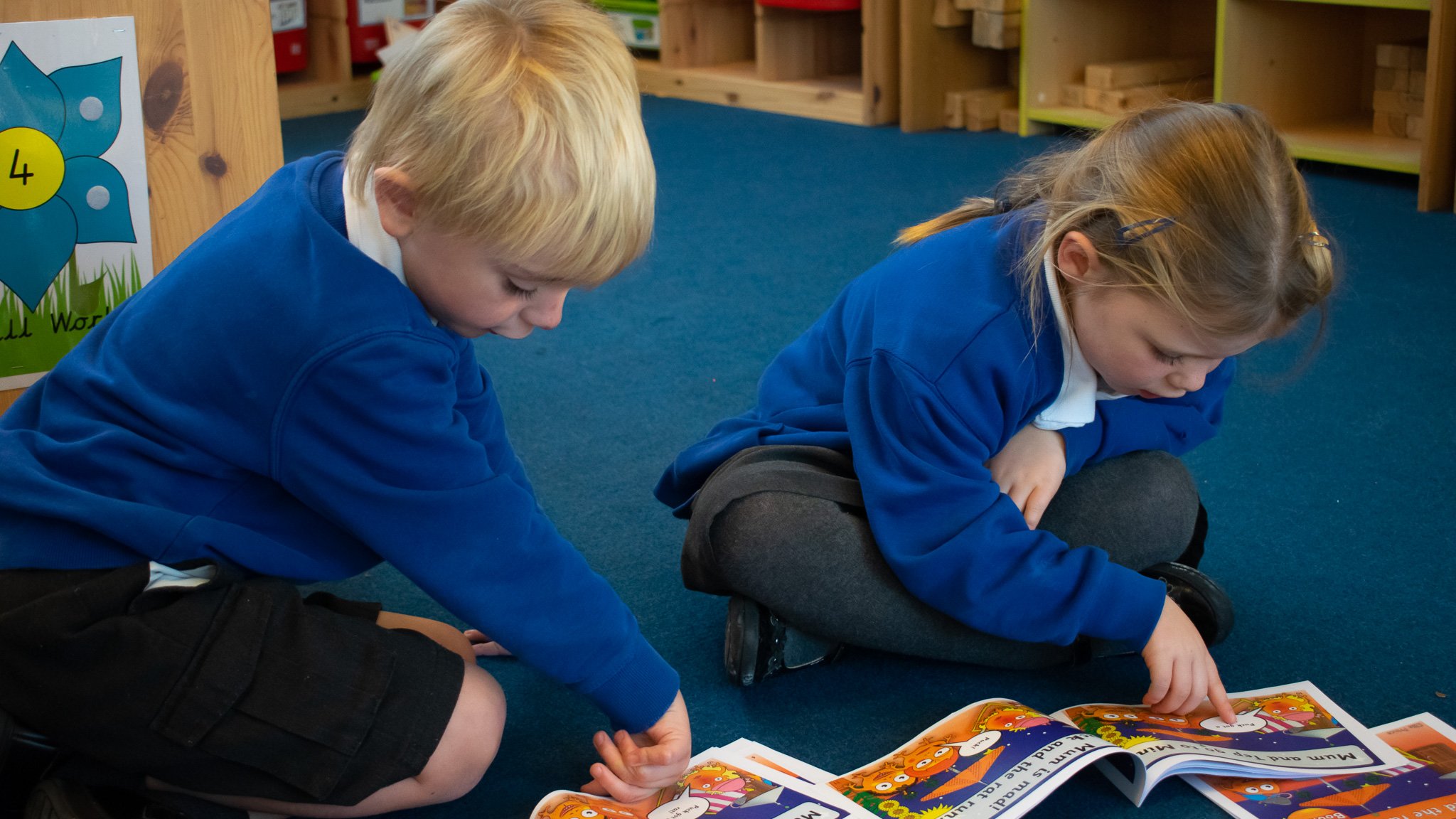
Read about the way Pip and Pap Phonics is designed for pupils who progress from EYFS through KS1.

Pip and Pap Phonics is closely aligned to the structure of Letters and Sounds (2007) with some subtle changes.
There are four phases of study, generally studied by the majority of pupils during their time in Year R and Year 1.
The four ‘phases’ are known as ‘Orange Phase’, ‘Pink Phase’, ‘Green Phase’ and ‘Purple Phase’, which match the colour of the resources, for easy identification.
The blending of adjacent consonants in words (previously within Phase 4) is slowly introduced within the Orange Phase. This supports children to read with more speed and fluency whilst exposing them to an extended range of words to enhance their vocabulary.
All 119 decodable books are matched to the phases of study, broken down into different ‘sets’ of grapheme-phoneme correspondences.


The Pip and Pap Phonics Programme is accompanied by a series of 119 bespoke decodable books to support reading practise. Children can apply their phonics learning to reading texts with confidence, as the books have been meticulously matched to run in tandem with the phonics scheme.
The sounds and progression within each phase is cumulative. No ‘Earth Words’ or grapheme-phoneme correspondences that have not yet been met are included within these texts.
Books are matched to each ‘set’ of sounds and each colour phase, as per the progression of the programme. Books from each particular set of sounds should be introduced after the relevant assessment, so that children can read the texts with confidence and increased fluency.
Within the ‘Orange’ Phase, there are also a set of ‘simplified’ books to support readers who may not yet be ready to read full sentences. These books have an identical plot line and images, but the text has been reduced to key words, as a scaffold to support the lowest 20% of readers, if needed.
The series of books are designed to reflect modern society. Themes of the stories are in line with British Values and school values, including those of respect and tolerance.
Every story has a ‘plot line’ that can easily be followed and does not require prior knowledge of the characters or setting. The engaging plot lines and immersive illustrations enable teachers to generate different comprehension questions across the different skill domains, to appropriately develop children’s comprehension skills alongside their decoding.



